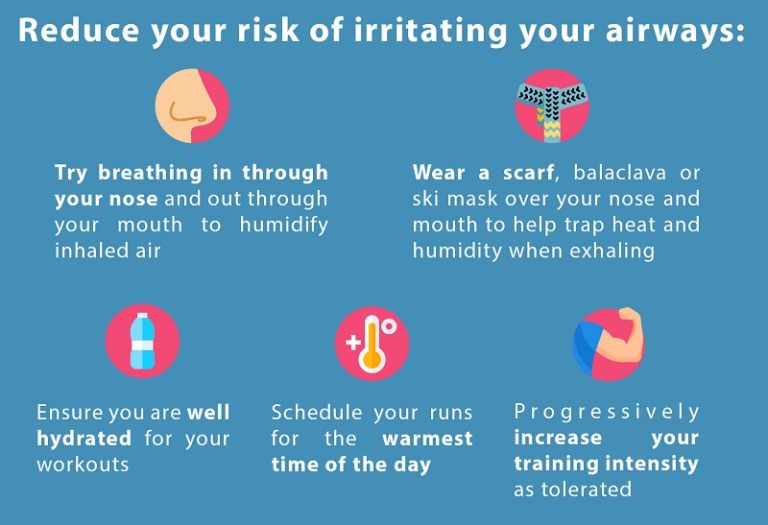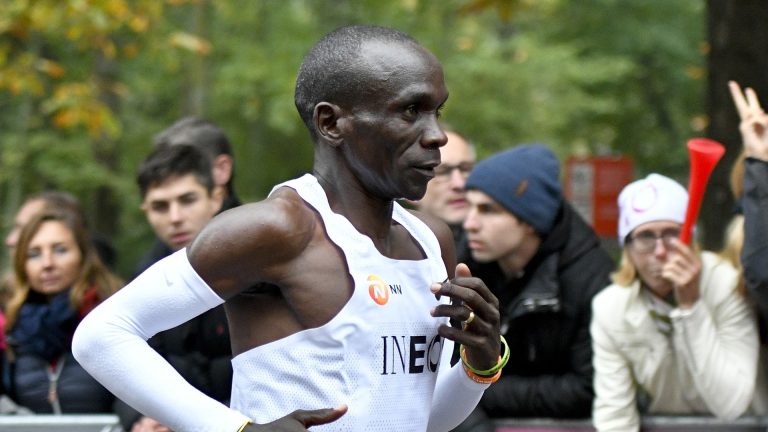Will Cycling Help Marathon Training?
Yes, cycling can be beneficial for marathon training, as it helps to improve cardiovascular endurance and leg strength. Incorporating cycling into your training routine can provide a low-impact alternative to running, allowing for recovery while still building stamina and muscle.
Cycling also engages different muscle groups, providing a well-rounded approach to overall fitness and reducing the risk of overuse injuries. Additionally, the aerobic nature of cycling can enhance your lung capacity and overall endurance, complementing your marathon training. This cross-training method can also help prevent burnout and keep your workouts varied and enjoyable.
Overall, cycling can be a valuable addition to your marathon training program, contributing to improved performance and overall fitness.

Credit: www.trainerroad.com
Benefits Of Cycling For Marathon Training
Cycling can be an excellent complement to your marathon training program. Incorporating cycling into your routine offers a range of benefits that can enhance your cardiovascular fitness, provide a low-impact cross-training option, and help strengthen and build endurance in your muscles. Let’s take a closer look at each of these benefits:
Improvement In Cardiovascular Fitness
Cycling is a great way to improve your cardiovascular fitness, which is essential for marathon training. Regular cycling sessions can help increase your heart rate, improve blood flow, and enhance your overall endurance. By engaging in this low-impact aerobic activity, you can strengthen your heart and lungs, allowing you to perform better during marathon races.
Low-impact Cross-training
One of the key advantages of cycling is its low-impact nature. When compared to other forms of exercise like running or high-impact sports, cycling puts much less stress on your joints, reducing the risk of injuries. As a cross-training activity, cycling allows your body to recover from the high-impact pounding of running while still providing an effective workout. It helps to preserve your muscle strength and endurance without putting excessive strain on your joints or risking overuse injuries.
Muscle Strengthening And Endurance Building
Cycling is a fantastic way to strengthen and build endurance in your leg muscles, including the quadriceps, hamstrings, and calves. The repetitive motion of pedaling engages these muscles, helping to tone and define them over time. By incorporating cycling into your marathon training program, you can build strength and endurance in your legs, which can improve your running performance and prevent muscle fatigue during long-distance races.
In addition to the specific benefits mentioned above, cycling also offers a range of other advantages that can positively impact your marathon training, such as:
- Improved mental well-being and reduced stress levels
- Enhanced balance and coordination
- Increased calorie burn to aid in weight management
- Opportunities for outdoor exploration and scenic rides
Overall, incorporating cycling into your marathon training program can help you achieve better results. By improving your cardiovascular fitness, providing low-impact cross-training, and strengthening your leg muscles, cycling offers a well-rounded and effective approach to marathon preparation. So, hop on a bike and enjoy the ride towards your marathon goals!
Integration Of Cycling Into Marathon Training Plan
The integration of cycling into a marathon training plan is a topic of interest for many runners seeking alternative forms of cross-training to complement their running routines. When utilized effectively, cycling can offer numerous benefits, such as incorporating low-impact workouts, aiding in recovery, and building endurance. This article delves into the strategic integration of cycling into marathon training plans and explores the essential aspects to consider.
Determining Cycling Frequency
Determining the frequency of cycling sessions in a marathon training plan should align with individual goals and fitness levels. Cyclists new to training may start with 1-2 sessions per week and gradually increase frequency as their endurance improves. More experienced cyclists may incorporate 3-4 weekly rides, ensuring balance with running workouts to prevent overtraining. Adjust frequency based on how the body responds to the combined workload.
Balancing Cycling And Running Workouts
Balance is crucial when integrating cycling into marathon training. Avoid overexertion by scheduling rest days between intense workouts. Combining both activities effectively requires strategic planning. Integrate cycling on days with shorter runs or as a form of active recovery. Overlapping benefits, such as cardiovascular conditioning, should be considered when structuring the training plan.
Incorporating Cycling For Active Recovery
Cycling can serve as an effective means of active recovery during marathon training. Utilize lighter cycling sessions to promote blood flow and aid in muscle recovery. Integrate low-intensity rides on recovery days or following particularly taxing running workouts. This approach allows for active recovery while maintaining cardiovascular exercise, supporting overall training progress.
Potential Challenges And Considerations
Embarking on a marathon training regimen and incorporating cycling can present challenges. Consider factors like balancing intensity, avoiding overtraining, and ensuring adequate recovery to optimize both workouts. It is crucial to customize your approach to fit your unique fitness level and goals.
Potential Challenges and Considerations Marathon runners often turn to cycling as a valuable cross-training option to augment their training regime. While cycling can offer numerous benefits, it is essential to consider potential challenges and adjustments that may need to be made when incorporating cycling into marathon training. Risk of Overtraining When adding cycling to marathon training, there is a risk of overtraining. It is vital to monitor overall training volume and intensity to prevent overexertion and the potential for injury. Careful consideration should be given to balancing the workload between the two activities, ensuring that rest and recovery are prioritized. Adapting to Different Muscle Groups Engagement Cycling engages different muscle groups than running, and this can present a challenge for marathon runners. The quadriceps and hamstrings are heavily involved in cycling, which may require a period of adjustment for runners. To mitigate this, runners can incorporate strength training exercises to address muscle imbalances and ensure overall strength and stability. When adding cycling to marathon training, it is crucial to be mindful of potential challenges such as the risk of overtraining and the need to adapt to different muscle groups engagement. By carefully managing training volume and intensity and implementing targeted strength training, runners can effectively incorporate cycling into their training regime while minimizing the risk of injury and optimizing performance.
Credit: www.wahoofitness.com
Tips For Effective Cycling In Marathon Training
Cycling can be a great addition to your marathon training regimen, helping you build endurance, strengthen your muscles, and improve cardiovascular fitness. Whether you’re a beginner or an experienced cyclist, incorporating cycling into your training routine can benefit your overall performance on race day. Here are some tips to make your cycling workouts more effective:
Setting Specific Cycling Goals
Setting specific goals for your cycling workouts can help you stay motivated and track your progress. Whether you want to improve your speed, increase your strength, or build endurance, having clear objectives will guide your training sessions. Consider setting SMART goals – Specific, Measurable, Achievable, Relevant, and Time-bound. For example, you can aim to increase your cycling distance by 10% each week or complete a certain number of hill repeats. Focusing on specific targets will ensure you make the most out of your cycling training.
Fueling And Hydration Strategies For Cycling Workouts
Fueling and hydrating properly during your cycling workouts is crucial to maintain energy levels and prevent fatigue. Make sure to consume a balanced pre-workout meal that includes carbohydrates for immediate energy and protein for muscle repair and recovery. During longer rides, consider carrying energy gels, bars, or electrolyte drinks to replenish your glycogen stores and stay hydrated. Remember to drink enough water throughout your ride to prevent dehydration and maintain optimal performance. Experiment with different fueling and hydration strategies during your training rides to find what works best for you.
Maximizing Marathon Performance Through Cycling
Cycling can be a valuable addition to marathon training, helping to maximize overall performance. Incorporating cycling into your training regimen can improve cardiovascular fitness and endurance, while also providing a low-impact alternative for recovery and cross-training.
Cycling can greatly enhance marathon training by improving endurance, speed, and recovery.Enhancing Overall Endurance
Cycling boosts cardiovascular stamina leading to a significant increase in overall endurance levels. – Engages different muscle groups – Efficiently builds aerobic capacityImproving Speed And Recovery Time
Regular cycling sessions help in increasing muscle strength and speed while also promoting quicker post-run recovery. – Reduces risk of injury – Aids in active recovery Incorporating cycling into marathon training regimen can have a profound impact on boosting marathon performance.
Credit: marathonhandbook.com
Frequently Asked Questions For Will Cycling Help Marathon Training
How Do You Train For A Marathon By Cycling?
To train for a marathon by cycling, incorporate long rides to build endurance. Focus on interval training to improve speed and strength. Also, include cross-training with running to maintain running-specific fitness. Additionally, prioritize proper nutrition and rest for recovery.
Can Cycling Make You A Better Runner?
Yes, cycling can improve running by strengthening leg muscles and improving cardiovascular fitness. Cross-training can also reduce the risk of overuse injuries.
Does Cycling Keep You As Fit As Running?
Cycling can keep you as fit as running. Both activities provide cardiovascular benefits and help strengthen muscles. However, running typically burns more calories due to higher impact and intensity. The choice between cycling and running depends on personal preference and any specific fitness goals.
Conclusion
Overall, incorporating cycling into your marathon training can be a game-changer. It offers a variety of benefits, such as low-impact cross-training, improved cardiovascular endurance, and enhanced muscle strength. By cycling, you can give your body a break from the repetitive stress of running while still building stamina and endurance.
It’s a powerful tool that can complement your marathon preparation and help you reach your fitness goals. So hop on that bike and pedal your way to marathon success!






